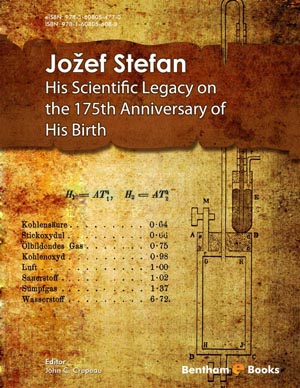Abstract
When examining the connection between cinema and architecture, it is
evident that both sides feed off one another. While every film produced contributes
visually and intellectually to architecture, it also creates an experimental environment
for both space design and space perception. While cinema reproduces space according
to fiction, it also becomes a tool for recording history as a witnessing document.
Cinema can depict the political, social, and cultural evolution of a city, as well as the
stages it has undergone in terms of physical reality. This cinematic documentary
narrative has been the subject of numerous studies conducted in the field of cinema
architecture. The 1967 comedy film Playtime was directed by French filmmaker
Jacques Tati and is one of the films that is frequently mentioned and analyzed in
literature studies that investigate the relationship between cinema and architecture.
Playtime is a successful film that uses cinematic techniques to examine the economic
and social transformation of a city over time.
The fictional Parisian city Tativille was created for the film's set. The film deals with
the alienation of Monsieur Hulot, a charlatan character identified with Tati, in his
modern urban experience, utilizing sarcastic language and Tati's distinctive sense of
humor. In this paper, the spaces of modern architecture and the lifestyle were discussed
through place-making, spatial organization, and perception of space.









